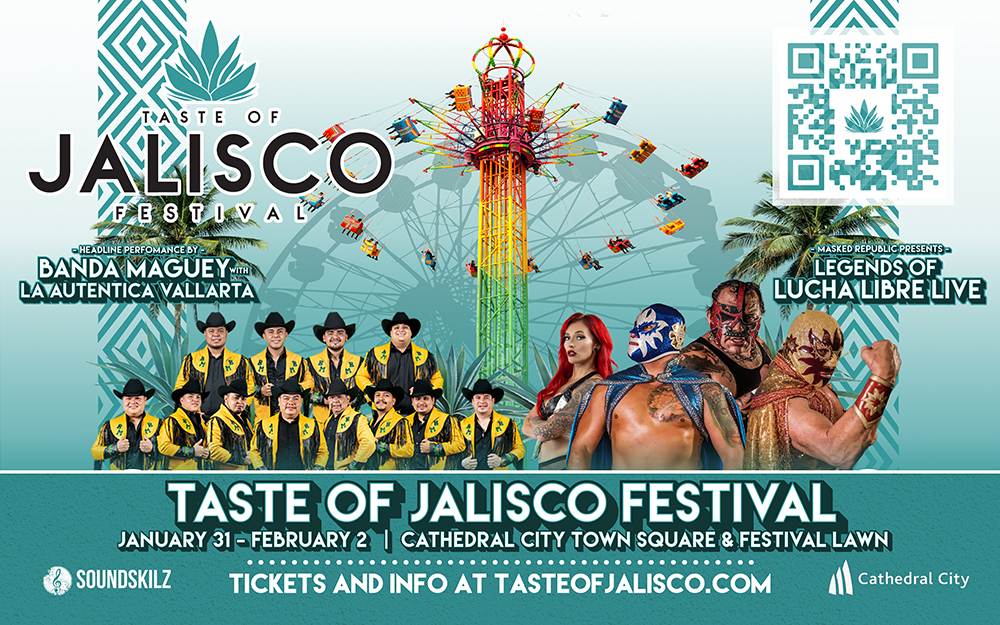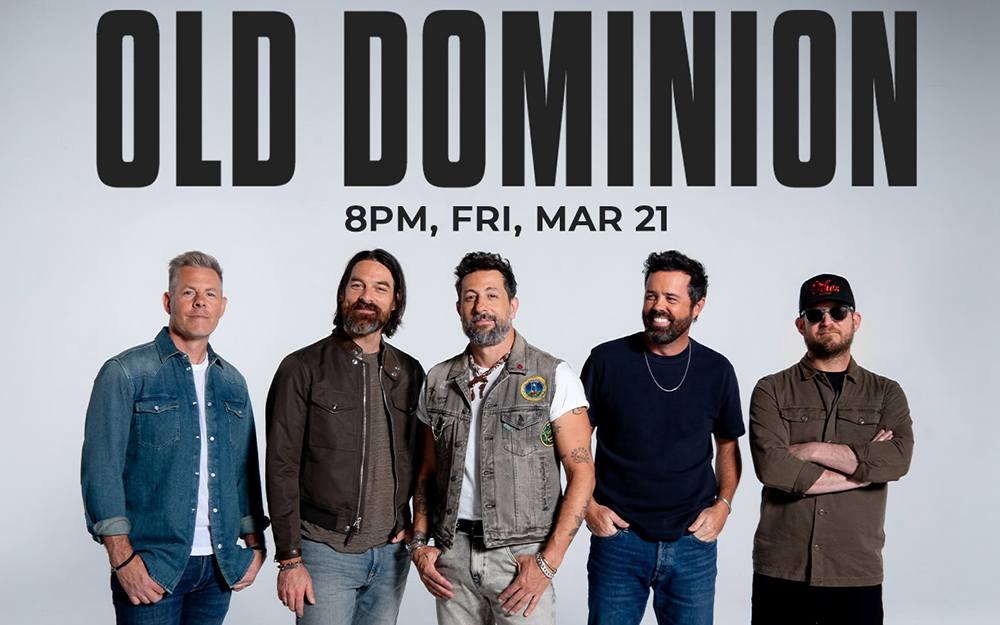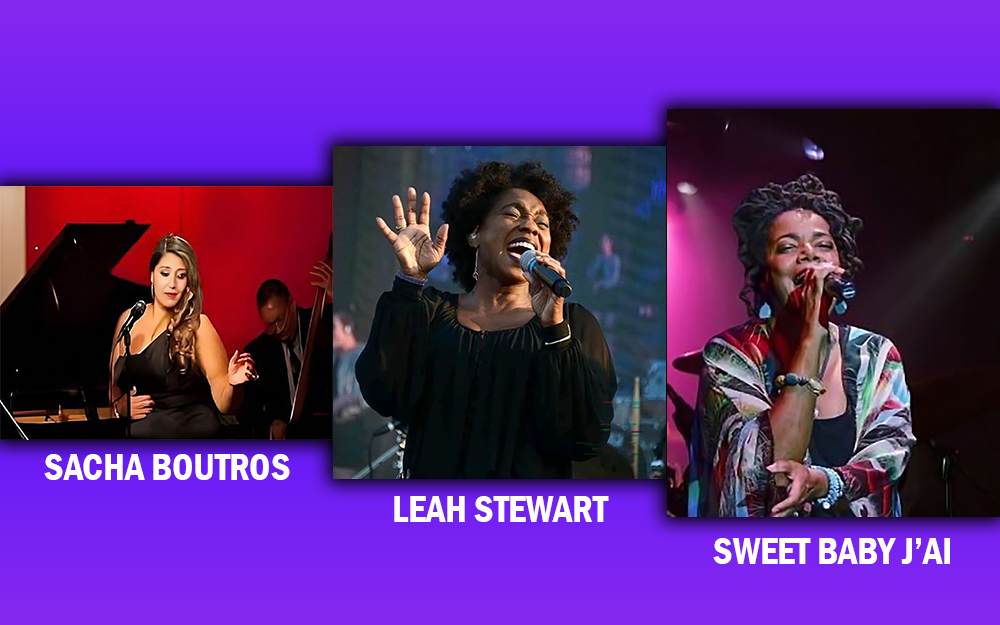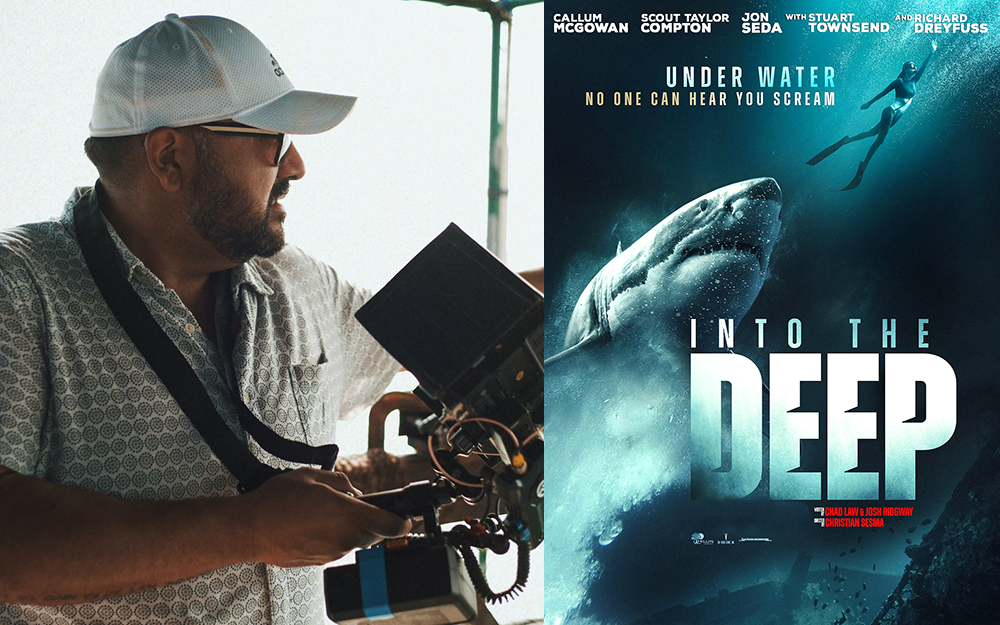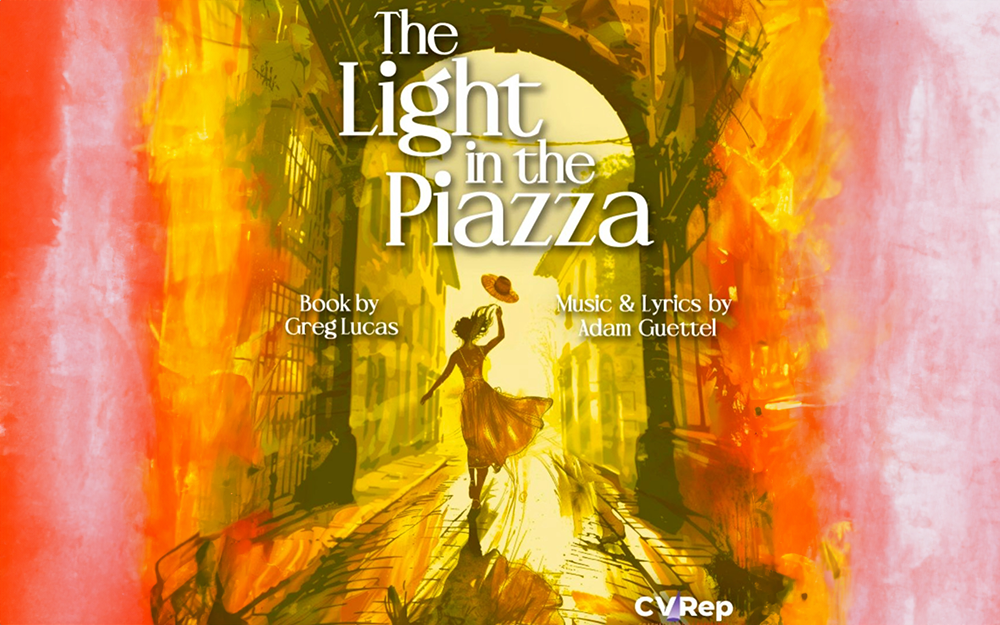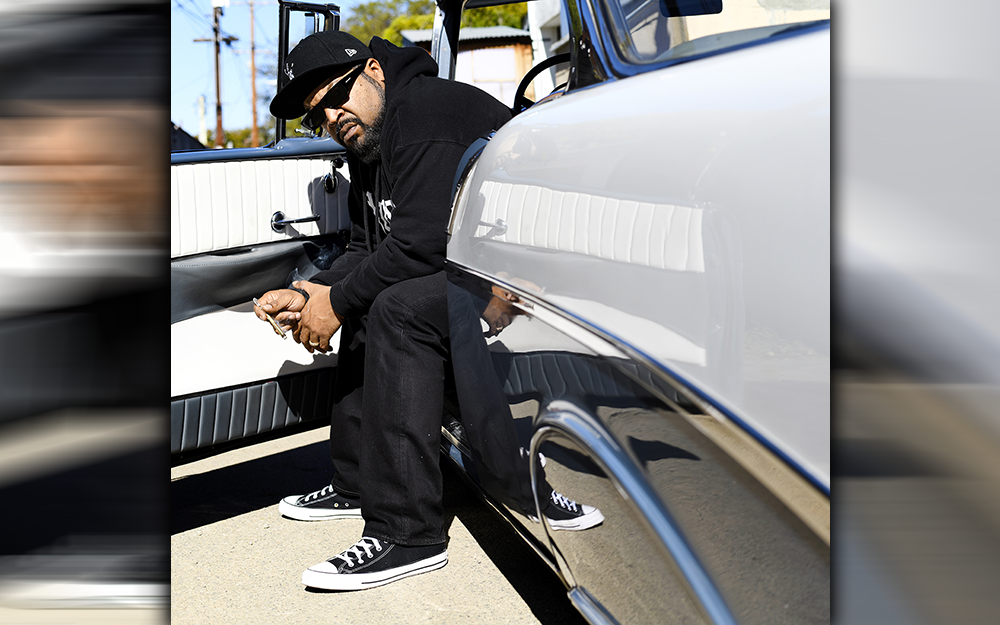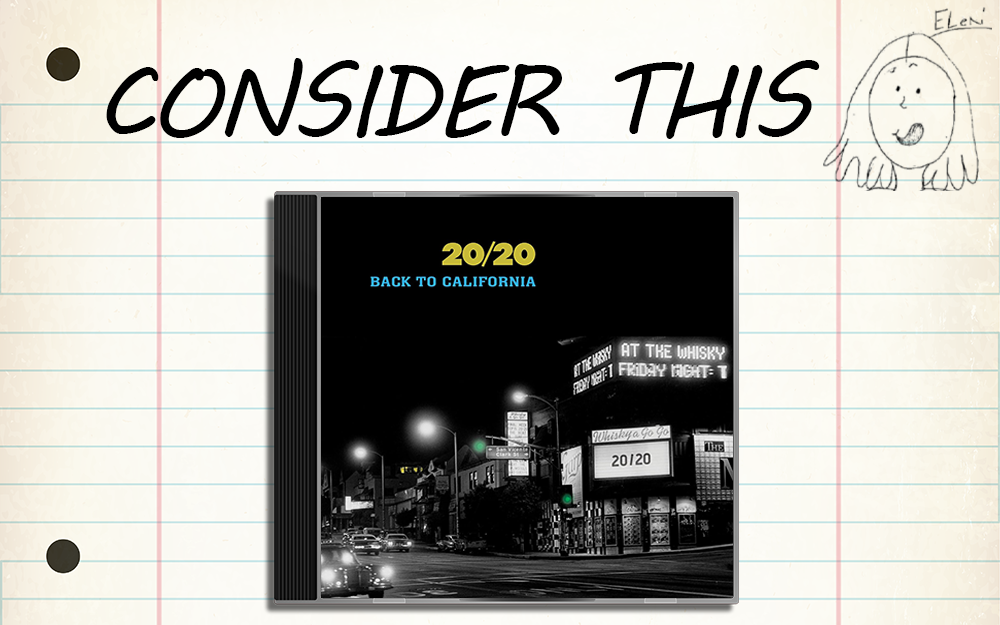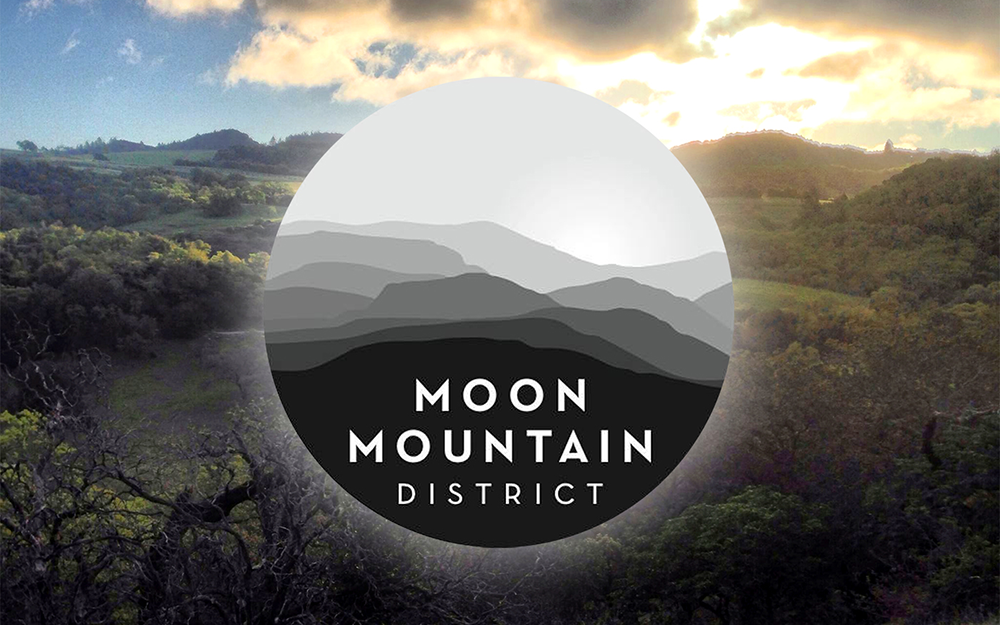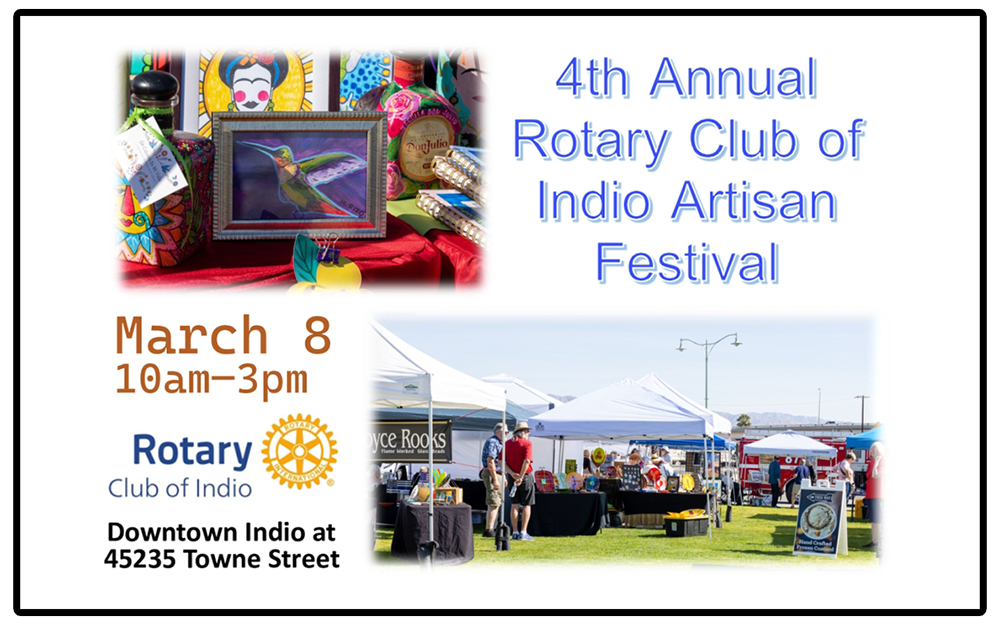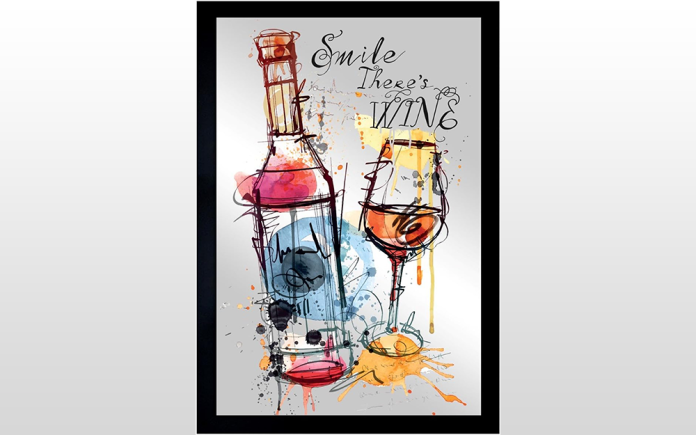
By Rick Riozza
Wine labels seemingly have always been in vogue. Jars discovered in the tomb of King Tutankhamen (1352 BC) had wine labels with details which would meet some countries’ existing wine label laws. And then there is the recorded history of a handwritten wine label made of parchment and tied with string to the neck of a bottle said to be the writing of a French Benedictine monk by the name of Dom Pierre Perignon (1678).
These days, marketing gurus have the green light to splash on wine labels anything they think will get noticed and sell—and perhaps that’s all they think about! And their business parameters state: It should be to help create memories, by telling a story using descriptive words, colors, and intricate designs.
Whatever it be, we know from those marketing stats, that women—and we love women, will purchase a new bottle of wine 32% of the time by the art on the label. According to Wine Spectator in a 2015 report, millennials at that time were drinking 42 percent of all wine consumed in the United States. A “Gallo Wine Trends Survey,” also from 2015, found that millennials were four times more likely than Baby Boomers to buy a wine based on the label.
According to Robert Mondavi, who was considered the person who introduced successful marketing strategies into the wine world of the 1970s, it was important to create a logo and label that would make it possible to identify your brand. He recommended that the logo, colors, and label remain consistent.
Recently we wrote on the Michael David wines from Lodi who plaster crazy and inventive art on their labels—everyone in town now knows the Michael David line-up by their circus poster art on the label.
One of my favorite wine label stories is quite personal: Back in the ‘80s, when wine auctions were not held on-line, one had to pretty much attend the event in person or by agent. The famous auction houses of Sotheby’s and Christies most often held their events in New York City and London about twice a year.
The smaller West Coast auction house, Butterfield & Butterfield, held their live auction event in San Francisco. How much fun did I have traveling up to S. F. for a client who had hired me as his agent to bid on rare & expensive wines, so as to fill up his wine cellar.
Aside from the expensive stuff, there were—at that time, a lot of good deals available. Once I was able to bid and purchase an entire case (12 bottles) of 1963 Vintage Port (considered one of the best Port Vintage years in the 20th Century). It wasn’t a Taylor Fladgate or a Dow’s—some of the world famous Ports), but rather, the producer’s name was Quarles Harris.
I guess no one really knew much about that smaller Port company so it did not bring in any competitive bids. But I knew the value of the ‘63 vintage, and, I bought an entire case for one hundred bucks. The wine was magnificent—indeed, the vintage was ethereal!—no matter who produced it.
But I digress—my intended story has to do with a case of 1973 Mouton-Rothschild (red) Bordeaux. Generally, at auctions, the big Bordeaux brings in very high competitive bidding. But those in the know, knew that the ‘73 Bordeaux vintage was a weak one. But a fact to remember, is that the Mouton Bordeaux wine for many, many years would put on their label, the art work of different artists every single year: Very chic, very French, and a very artsy wine move.
Okay—back to the auction: Opening bid began at one hundred dollars and no one jumped in to play—I mean who ever wishes to buy a poor vintage wine.
Now I figured, how bad can a case of Mouton be. But here’s the deal: In 1973, Mouton-Rothshild was elevated to 1st Premier Cru—joining the likes of La Tour, Lafite, Margaux, and Haut Brion. No doubt to celebrate the event, the Mouton Rothschild family decided to put the work of the most famous artist in the world: Picasso.
What apparently was not realized by the wine enthusiasts at the auction, was that Picasso passed away in that same year! I bought the entire case—again, for one hundred bucks. The wine was just decent, but the bottle itself became more valuable than the wine inside. It was a perfect storm of facts—elevation of 1st Cru, Picasso art, and his death that same year. I made sure to keep the bottles after the wine was finished, and, even gifted some bottles to dear friends.
Now for sure, if Picasso had signed or even just initialed the labels on the bottles I had purchased, I’d be living in the south of France right now, But, even just a simple label of wine was showing its value more every day.
Now if I was diligent, I guess I would have removed the labels—very carefully, and mounted them into some album or sorts. But I just kept the bottles laying around, and we know what happens sooner or later when old empty wine bottles began collecting in some corner of the house; the wife just rolls her eyes thinking about their hoarder husbands, and those dusty bottles just get tossed in the trash. And I found out about that a little too late. Whaddya gonna do!
Talking about wine labels, the Feds are thinking about seriously looking into the info on the wine labels. Alcoholic beverages are regulated by the U.S. Alcohol and Tobacco Tax and Trade Bureau (TTG), not the Food and Drug Administration; as such, the labels are subject to different regulations than most food and drinks.
Bottles may soon have to have the same “Nutrition Facts” profile posted on the bottle. But we’re sure they’ll let the front of bottle be an open canvas. Cheers!



